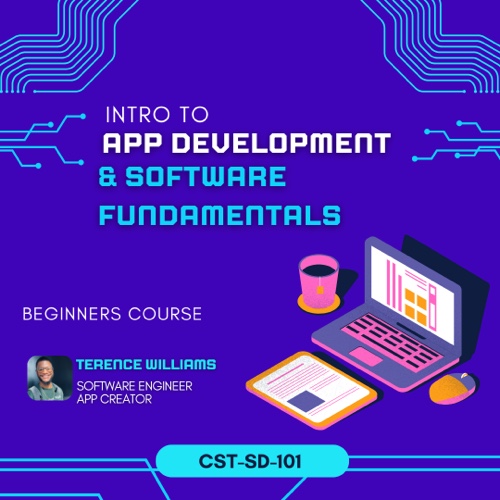Intro to App Development and Software Fundamentals

About Course
Are you curious about how iPhone apps are made or what it means to be a software engineer? This beginner-friendly course teaches early adults (ages 15+) the basics of software engineering and iOS app development using Swift — Apple’s powerful and easy-to-learn programming language. You’ll gain hands-on experience by building your own interactive apps and games while learning how software powers the digital world. Whether you want to pursue a tech career or just explore your creativity, this course gives you the foundation to bring your app ideas to life.
